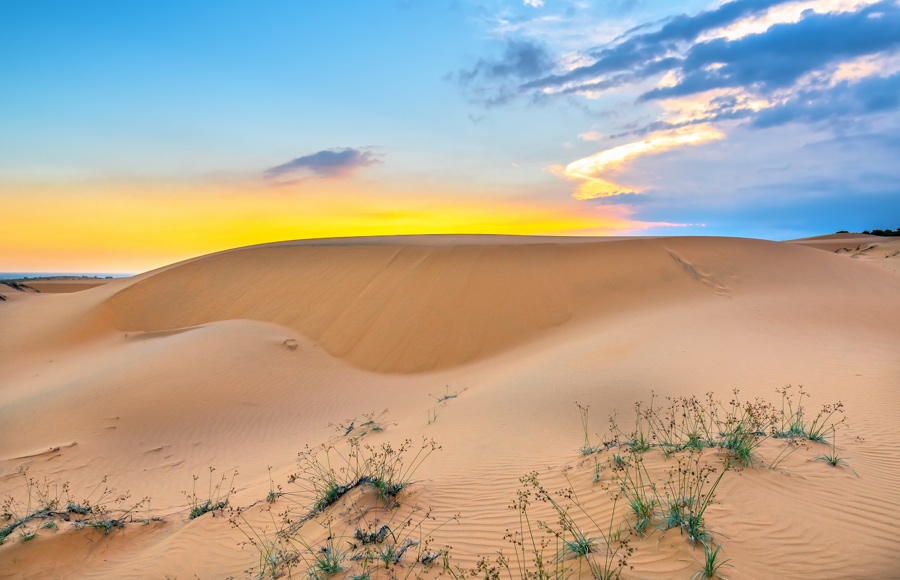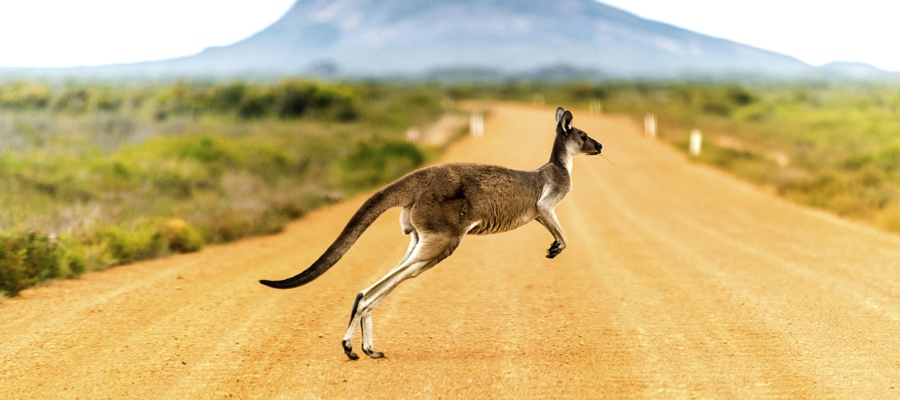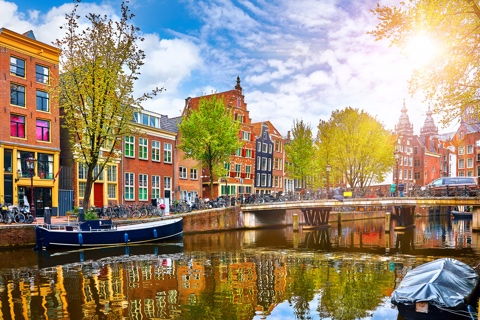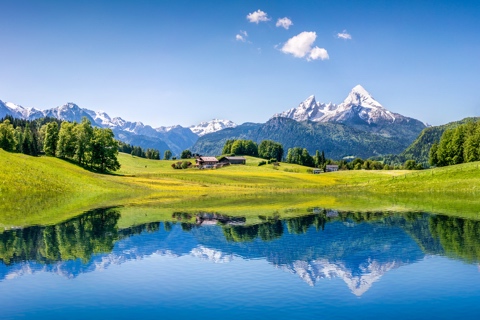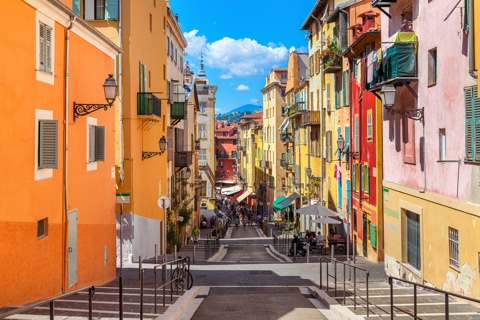Top 5 greatest deserts of Australia
Who would call a desert exciting? After all these are desolate areas where there is very little rain and hardly any vegetation. Yet there are many people that arrange a flight, book Australian travel insurance, and then travel halfway across the world to experience life in the Australian outback, which incorporates (but is not limited to) the desert regions.
Who would call a desert exciting? After all these are desolate areas where there is very little rain and hardly any vegetation. Yet there are many people that arrange a flight, book Australian travel insurance, and then travel halfway across the world to experience life in the Australian outback, which incorporates (but is not limited to) the desert regions.
The following is what you can expect to find in five of Australia’s most compelling deserts.
Simpson Desert
The Simpson Desert (which is now a conservation park) is in the heart of the eastern Australian Outback, starting 957 km (595 miles) north of Port Augusta at the head of the Spencer Gulf. It stretches over hundreds of kilometers and has corners in three states:
- South Australia,
- Queensland,
- Northern Territory.
Access to the desert parks is via the famous Stuart Highway (which runs from north to south right through the center of Australia, between Port Augusta and Darwin, and is where you will find Alice Springs and many other tourist spots), through Oodnadatta and Dalhousie Springs; or, if you are traveling from Queensland, via Birdsville to the east of the desert.
One of the world’s best examples of a parallel dunal desert, this desolate land consists of endless red sand dunes and salt-crusted lakes, and in part, vast stretches of grassland, dense scrubland, and a few trees.
It does rain here sometimes, and one of the most incredible sights is to see wildflowers blooming over the dry, dusty desert sands.
There is also an amazing variety of wildlife in the Simpson Desert Conservation Park, including kangaroos, wallabies and dingoes. There are also many feral animals, including wild brumbies (horses) and feral pigs.
There are many birds, both big and small in this outback region. The desert is located just north of Lake Eyre and breeding colonies of pelicans can be found there after heavy rain and flooding. But the rarest to be found are the eyrean grasswren and the Australian bustard, which is a stately nomadic bird that is currently threatened with extinction.
First-time visitors are often surprised that the most commonly seen and heard bird species in the Simpson Desert is the parrot, of which there are numerous species. The military dragon, a common long-legged lizard, is often spotted sunning itself on high ground, along with other reptiles.
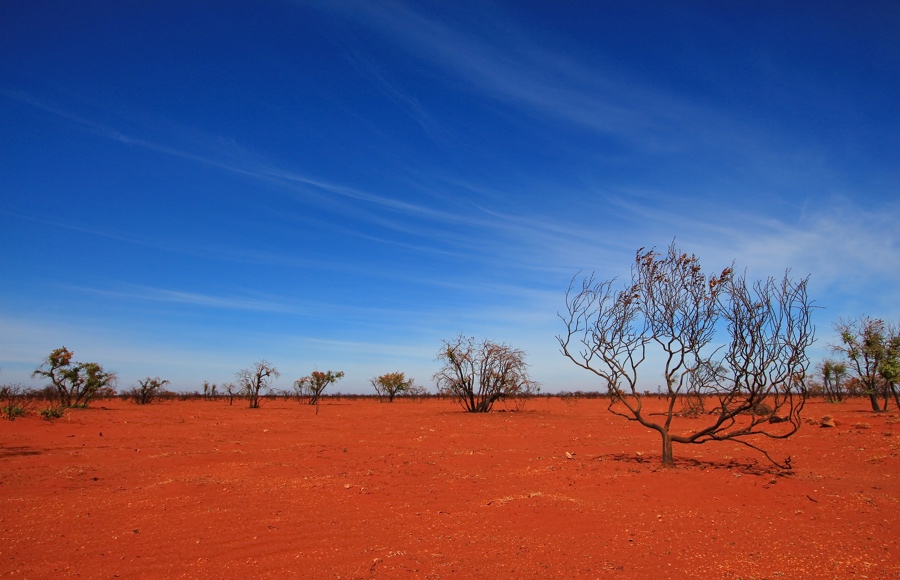
Sturt Desert
The Sturt Desert, named after Captain Charles Sturt who spent time exploring the area in the mid 19th century in search of water, is located due east of Lake Eyre. Originally called the Sturt Stone Desert, it is covered with a thick layer of very hard, rounded stones, which prompted Sturt to say the desert looked like “the entrance into hell”!
There is very little vegetation here, and the earth, like that in the Simpson Desert, is distinctively red. None of the roads are surfaced, and when it rains (as it does from time to time), they often become impassable.
One of the most incredible flowers that is indigenous to the area, is Sturt’s Desert Pea, which is now the floral emblem of South Australia. Sturt’s Desert Rose – which has a similar flower to a hibiscus – is the floral emblem of the Northern Territory. Like the Simpson Desert, Sturt is also a national park.
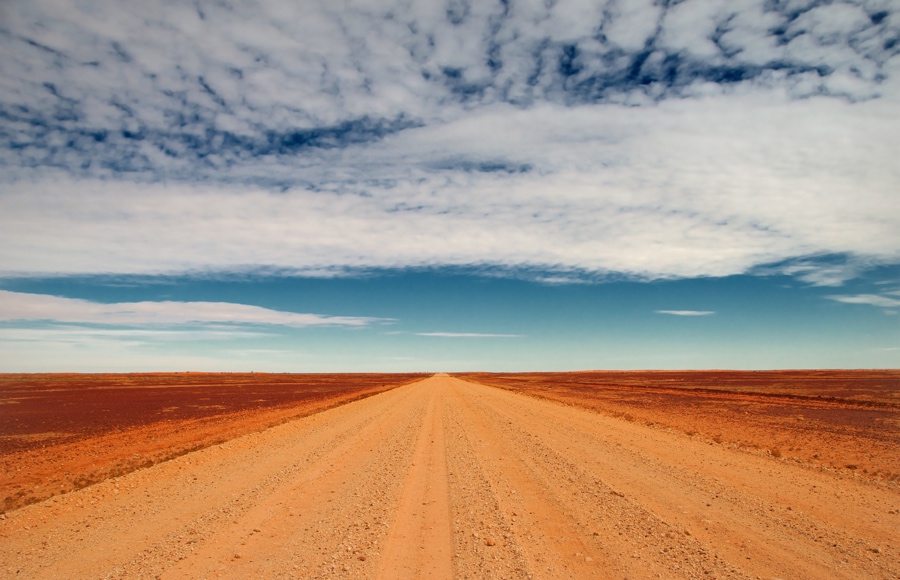
Great Victoria Desert
The most southern Australia desert, the Great Victoria Desert (also a red dune desert) is the largest desert in the country, and possibly the third largest in the world, after the Sahara and Arabian Deserts.
Named after Queen Victoria when it was first discovered in 1875, the Great Victoria Desert appears to be a vast barren wasteland with nothing to offer. Apart from a few salt lakes scattered here and there, there is no real watercourse in the area.
While much of this isolated wilderness has never been explored, the eastern part of the desert (which falls within South Australia) is a UNESCO Biosphere Reserves, and one of the largest arid-zone biospheres in the world.
People who visit this barren wasteland do so for a variety of reasons. You might not consider bird watching to be one of these, but you could be in for some surprises. For example there have been sightings of rare princess and scarlet-chested parrots in the west of this desert region, along with thousands of budgerigars and cockatiels.
Another surprise is that there are some incredible desert plants – including flowering desert greilleas and other species that attract birds. Bird watchers have reported seeing 13 different honeyeater species in the western part of the Great Victoria Desert after rain.
Reptile life is also rife, although you need to look carefully to spot them. The central military dragon, for instance, while a common lizard, camouflages itself very cleverly in the red dunes, as does the weirdly beautiful little thorny devil that feeds on small ants. After rain you will also see wildflowers emerge seemingly from nowhere, just as they do in all Australia’s desert regions.
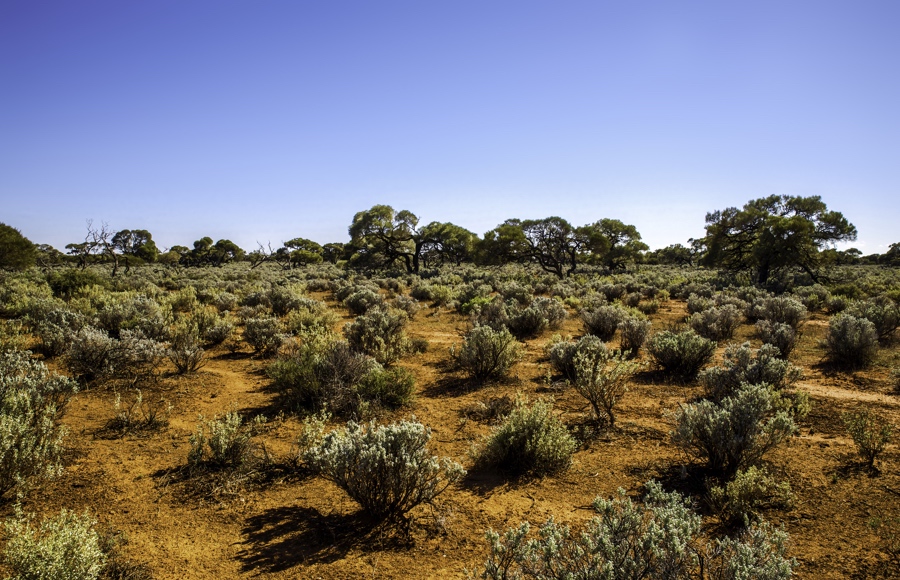
Gibson Desert
The Gibson Desert is located north of the Great Victoria Desert, and to the west of Alice Springs, which is situated on the Stuart Highway, and a good place to start your desert exploration.
Highlights of the Gibson Desert include the spectacular Petermann Ranges, which is about as far as the real road goes. Named after a German geographer, August Petermann, these rich red rock formations extend for 320 km or 200 miles from the desert to the south-west corner of the Northern Territory, rising to a maximum height of 1,158 m or 3,800 ft.
September is a good time to do this desert trip because there are usually gorgeous wildflowers that spread out like a living carpet over the wild terrain. There’s not much water here, but kangaroos and other smaller marsupials survive along with snakes, lizards and many other creatures.
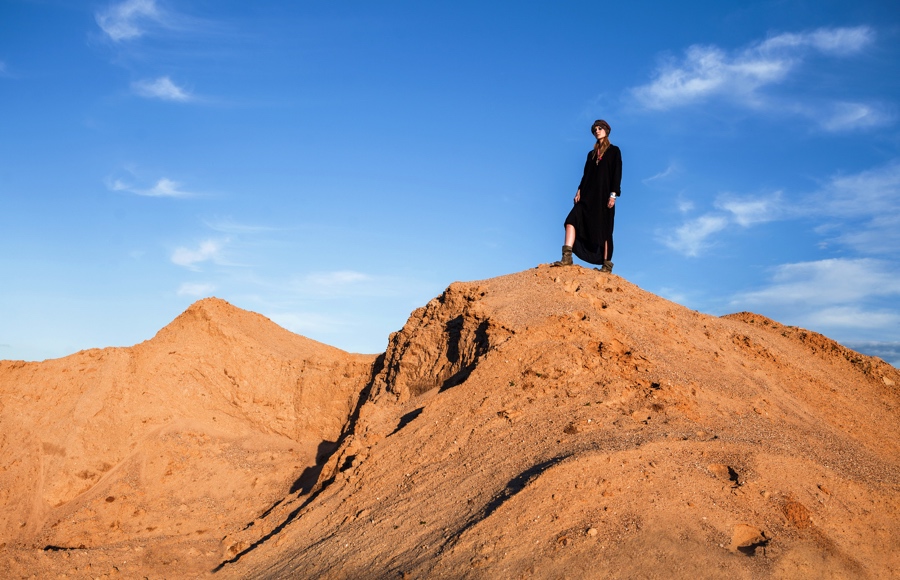
Great Sandy Desert
The Great Sandy Desert is the second-largest in Australia, and it is located to the north-west, just south of Broome and the Kimberley Plateau to the east of Broome.
It is an incredibly flat and (you guessed it) sandy desert, with row after row of red sand dunes that appear to have been placed deliberately parallel to one another. But there are also parts of the landscape where you will see outcrops of yellow sandstone and salt lakes that seem to form chains.
The vegetation is largely open grassland with some trees and shrubs. There are native animals, but the population of feral animals (including cats and foxes) has a detrimental effect, and the native animals are under threat.
The well known Kata Tjuta Uluru National Park (which is where you’ll find the famous Ayers Rock) is located in the far south east corner of the Great Sandy Desert, where it meets the Gibson and the Tanami Deserts (the latter being one of the most arid and isolated places on earth, and therefore not included in our most exciting deserts list!).
